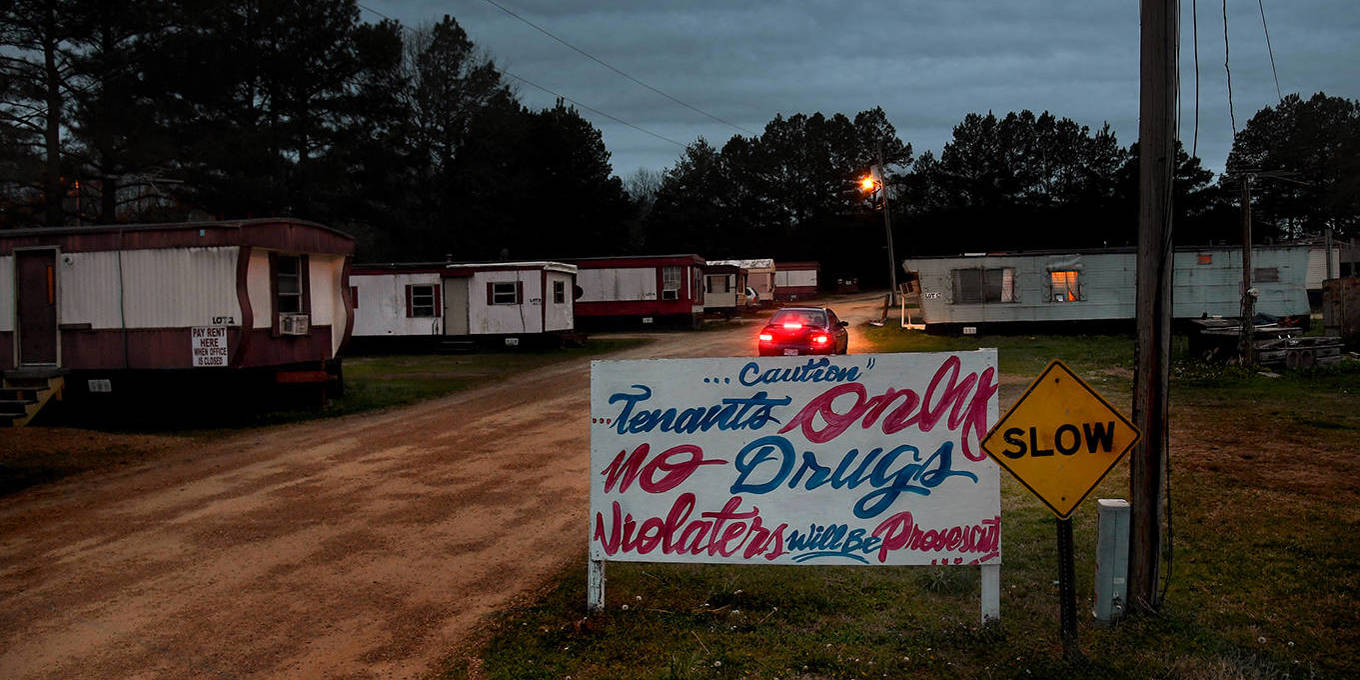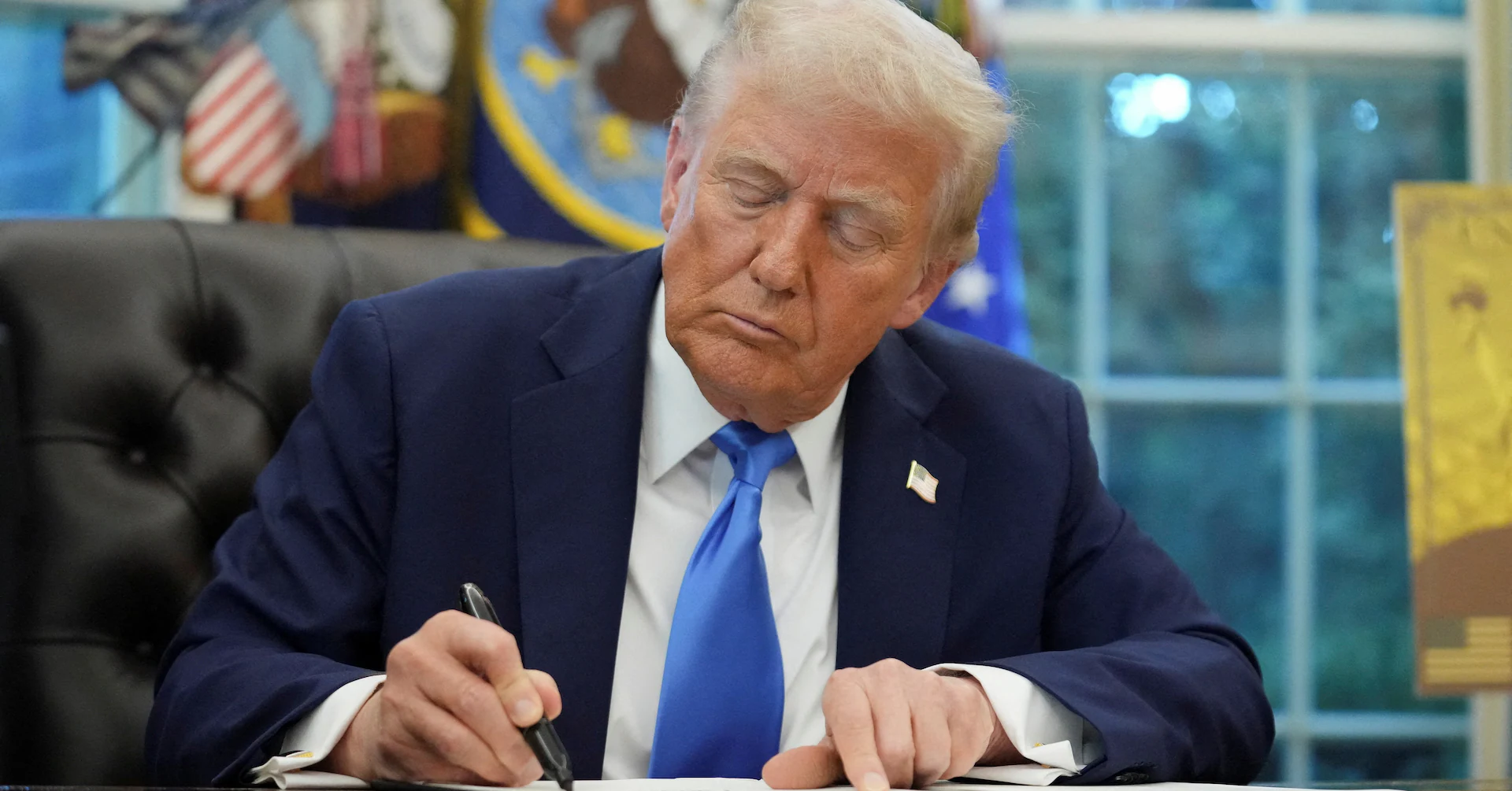
NEW HAVEN – US President Donald Trump’s executive order authorizing a National Guard deployment to Memphis represents a rare, fleeting case of evidence-based reasoning in his otherwise fact-free approach to fighting crime. From 2018 to 2023, Memphis averaged 26.6 murders per 100,000 residents – the highest rate of any US metropolitan area.
But the same data also underscore how profoundly misguided Trump’s approach to fighting crime in Democratic cities is. In terms of the murder rate, metro areas are quite often less dangerous than the non-urban areas that are home to much of Trump’s base, and federal troops are a poor substitute for effective long-term solutions.
Trump has attacked high crime rates in Democratic-run cities for years. Having already targeted multiple cities in his second term – sending troops to Los Angeles and Washington, DC – he shows no signs of slowing down. He has mused about sending troops to Chicago, St. Louis, and Baltimore, and pledged to “straighten out” New Orleans.
But Trump’s description of these cities as hotbeds of crime isn’t reflected in the data. Among the country’s 387 metro areas, Chicago’s per capita murder rate ranks 39th, while Washington is 142nd and Los Angeles is 187th. Far from being killing fields, these are simply blue dots (Democratic Party bastions) on the electoral map.
Trump’s motives become clearer when examining which cities actually top the murder rankings. Of the country’s 50 most dangerous metropolitan areas, 40 – including the top 17 – are in states that Trump won in 2024. And when controlling for a state’s baseline murder rate, metropolitan areas in states won by Trump average nearly three more murders per 100,000 residents each year than those in states that supported his opponent, Kamala Harris.
The narrative that Democratic mayors are “soft on crime” crumbles under scrutiny. While 43 of the 50 largest US cities have Democratic mayors, only 24 of the 50 deadliest do. The rest have elected Republicans, independents, or nonpartisan leadership. When we tested whether mayoral party affiliation predicts murder rates among the 50 largest or deadliest cities, we found no significant statistical relationship. This result is not surprising: comprehensive recent research has shown that mayoral politics has no aggregate effect on police policy, arrest rates, or crime.
Yes, if federal crime fighting followed data rather than politics, National Guard troops would still deploy to Memphis. But they would also be heading to the Republican-led metropolitan areas of Shreveport, Louisiana (20.5 murders per 100,000); Baton Rouge, Louisiana (18.7 murders); Mobile, Alabama (17.6 murders); and Rocky Mount, North Carolina (15.6 murders). All are among the country’s 14 most dangerous metro areas.
Our analysis of Centers for Disease Control data also refutes the myth that crime is a predominantly urban problem. Within states like South Carolina, Mississippi, and Louisiana, rural counties consistently record higher murder rates than their metropolitan counterparts. South Carolina’s annual rural-county murder rate of 17.5 per 100,000 residents is more than twice that of Washington, DC’s metro area. In seven states – including Arizona, Arkansas, North Carolina, and Florida – rural areas exceed urban areas in per capita murders in even our most conservative analyses.
Our best estimates suggest that around 16 states follow this pattern. If Trump was serious about targeting crime, he might consider deploying troops to the Republican-controlled rural counties in the dozen states where per capita murders exceed the rates in Los Angeles or Washington.
Our core finding is clear: Democratic-controlled metropolitan areas are not uniquely dangerous compared to Republican rural America, though any such analysis must acknowledge important nuances. Many metropolitan areas encompass minor cities or suburbs that elect their own leadership. Alongside mayors, the crime-fighting policies pursued by other officials, such as district attorneys, can significantly shape outcomes. And crime can concentrate unevenly within urban areas.
And yet, none of these local considerations justifies Trump’s sweeping narrative of exceptional blue-city crime. He should send the troops back home to their families and day jobs and leave crime fighting to local leadership. Cities like Baltimore, which ranked 22nd in our murder-rate analysis, have achieved historic reductions in crime – with significant support from federal funds – by implementing focused deterrence programs and expanding community-based violence-intervention teams.
Memphis is facing its military occupation despite having just announced that its murder rate was at a six-year-low. Just imagine how much LA’s community-safety programs could do with the $100 million-plus spent so far on National Guard deployments. These cities’ evidence-based approaches to crime require federal resources, not federal rifles.
Regardless of mayors’ or residents’ party registration, the crime-plagued metropolitan areas of blue Memphis and red Mobile both deserve help. So do Chicago’s South Side, Los Angeles’s struggling neighborhoods, and Southeast DC. And so do the hundreds of rural counties where violence devastates communities beyond the cameras’ reach.
But soldiers on street corners will not help. Real solutions balance accountability and deterrence with patient investment in community programs, economic opportunity, and education, rather than resorting to tactics that make good television.



